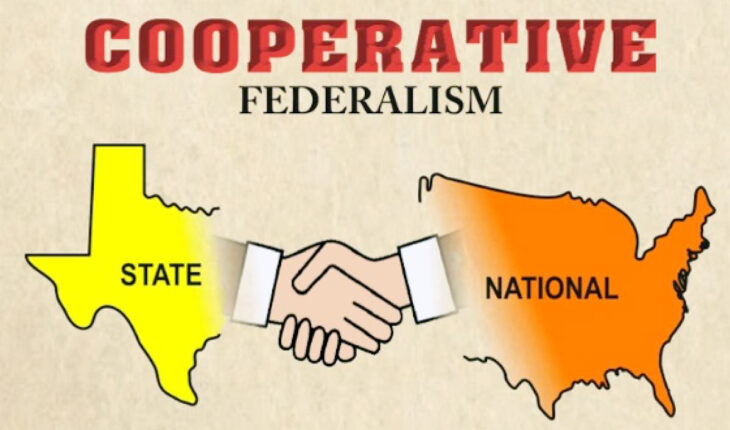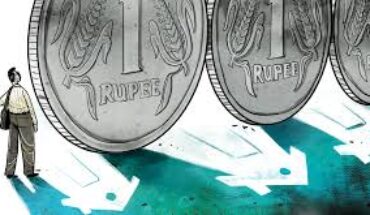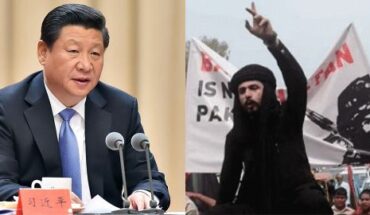Derek O’Brien highlights a huge gap between what was promised to States and what they got
India is in the midst of the Bharatiya Janata Party (BJP)’s decade of governance. The previous time one party dominated for nearly 10 years was four decades ago, when the Congress had brute majorities between 1980 and 1989. In that period, the tussle for the rights of States was focused on Article 356. Using pliant Governors, regional party governments were politically destabilised. There was lip service paid to the report of the Justice R.S. Sarkaria Commission on Centre-State relations, but its spirit was twisted.
History is repeating itself but much more cripplingly. The principal tool of combating State governments is no longer Article 356. Once more a well-meaning report, the report of the 14th Finance Commission, is being cited, but it is also being sabotaged step by step. And all this is being done while supposedly upholding “cooperative federalism”. This began well before COVID-19, but the pandemic and its economic disruption have brought things to an edge.
The 14th Finance Commission report was accepted in 2015 with the promise that it would devolve more finances to the States. As part of the process, States would have new responsibilities, especially in the social sector. Two years later, the introduction of the Goods and Services Tax (GST) regime was also justified as a grand bargain that would eventually leave all States better off.
In reality, tax devolution to States has been consistently below 14th Finance Commission projections. One reason for this has been the economic slowdown, caused primarily by the Central government, and lower-than-expected GST collections. The shortfall in GST collection for 2018-2019 was 22% when compared to projections. Payments have been delayed as well. For example, Centre owed States about `35,000 crore as GST compensation for December 2019 and January 2020, which was only paid in June 2020 after a delay of more than five months.
The Centre has imposed a series of cesses, which are not part of the divisible pool and not shared with the States. There are now rumours of a COVID-19 cess as well. According to a study by the Centre for Policy Research, there is a `6.84 lakh crore gap between what the 14th Finance Commission promised to States and what they have received. And while this has happened, the nature of public spending in India has undergone a massive shift. In 2014-2015, States undertook programmes and projects spending 46% more than the Central Government; today the figure is 64%. Despite this, the Centre’s fiscal deficit exceeds the consolidated State deficit by 14%! India is paying for a profligate Centre.
The COVID-19 situation has deepened the crisis. According to a State Bank of India report, the collective loss to GSDP due to the pandemic is `30.3 lakh crore or 13.5% of GSDP. States are being required to spend more to help common citizens and save livelihoods. The Centre is providing almost negligible support. In West Bengal, as of June 30, the State government had spent `1,200 crore in fighting COVID-19. The Centre has given `400 crore under the National Health Mission and to the State Disaster Response Mitigation Fund, but absolutely nothing specifically for the pandemic.
Cyclone Amphan, the worst cyclone in Bengali memory, devastated 2.8 million houses and 1.7 million hectares of farm land. The loss was estimated at `1.02 lakh crore. The Mamata Banerjee government in Kolkata immediately released `6,250 crore; the Centre has offered just `1,000 crore. Following the pandemic, the Ministry of Finance has asked all Union Ministries to cut expenditure. The immediate impact is being felt by States, and grants-in-aid are drying up. Crucial rural development programmes have come to a standstill.
The Union Rural Development Ministry is supposed to transfer Rs. 4,900 crore to West Bengal in 2020-21 for projects to be undertaken by panchayati raj institutions. A quarter of the financial year has passed but not a single paisa has come. Around 70% of this money is meant for gram panchayats and 30% for panchayat samitis and zilla parishads. This formula came after a recommendation from Chief Minister Mamata Banerjee, which the Prime Minister accepted. The funds are meant for building roads, culverts and bridges, local drinking water projects and similar schemes that create jobs and help village economies. All this has come to a halt.
Overall if one considers dues for Centrally-supported schemes (`36,000 crore); the cut in devolution of funds (`11,000 crore); outstanding GST receipts (`3,000 crore); and dues for food subsidies and other heads (`3,000 crore), the Centre owes West Bengal `53,000 crore. I can’t speak for all States but for West Bengal this is a huge burden, especially in a calamity-hit year such as 2020.
As they put more money into people’s hands, governments across the world are struggling to meet fiscal deficit targets this year. In India, even States that have maintained fiscal discipline in recent times have had to cope with needs of suffering citizens and spend more under essential, social sector heads. The fiscal deficit for States, collectively, is inevitably going to breach the projection of 2.04%.
As per provisions of the Fiscal Responsibility and Budget Management (FRBM) Act, the Gross State Domestic Product (GSDP) can actually accommodate a fiscal deficit of 3%. The States have respected the limit for years and the projection for 2020-21 reflected this. Now, post-pandemic, this limit will be crossed. The FRBM has an “escape clause” that allows for a one-time relaxation of the fiscal deficit threshold upto 0.5% in a time of exigency. The escape clause has been utilised by the Centre but it has proven woefully insufficient in addressing the current crisis.
Fiscal policymakers and technocrats agree that the rigidity of the FRBM has to be revisited. It should allow for greater flexibility and consultation as to when and how the “escape clause” can be applied. This goes beyond the current COVID-19 situation, but has come to light because of it — and because the Centre has gone in for subjective interpretation, imposing conditions that are outside the scope of the FRBM.
In theory, the Centre has raised the fiscal deficit limit for States, under the FRBM, from 3% to 5%. But only 0.5% of this rise is unconditional. The remaining 1.5% is dependent on fulfilling certain unrealistic and impractical measures — including privatisation of power distribution,and enhancing revenues of urban local bodies.
States are being set up for failure. This is the true picture of the BJP’s “cooperative federalism”.
Derek O’Brien leads Trinamool Congress in the Rajya Sabha. Views expressed are his own
In the name of ‘cooperative federalism’
Published Date: 31-07-2020 | 7:09 am




